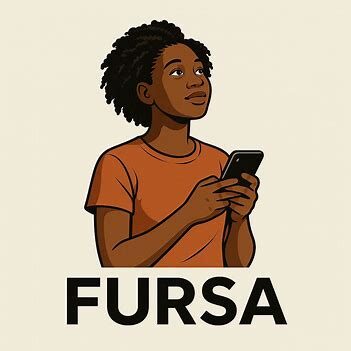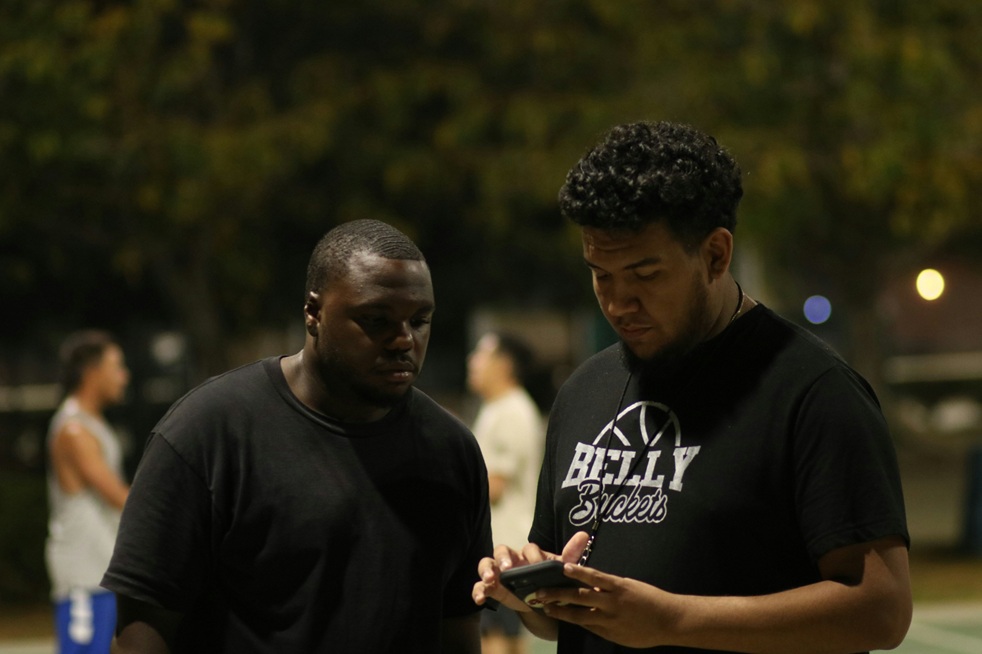Navigating a career path isn’t always a straight line. Sometimes, you need to step off the path for a while to handle personal matters, learn new skills, or simply take a break. If you have an employment gap on your resume, you’re not alone. The key is to address it with confidence and transparency, turning what might seem like a weakness into a story of resilience and growth.
This comprehensive guide will help you craft a compelling narrative around your time away from the traditional workforce, ensuring it doesn’t hurt your chances of landing your next great role.
The Art of Explaining Employment Gaps: From Weakness to Strength
An employment gap is more common than you think. Trying to hide it can create distrust, but handling it proactively and honestly shows self-awareness and integrity. Here’s a step-by-step approach to master your explanation.
1. Own Your Story and Be Prepared
The first step is to get comfortable with your own narrative. An employment gap isn’t something to apologize for. It’s a part of your journey.
- Create Your Narrative: Before you apply for a single job, write down a concise, one- to two-sentence explanation for your gap. Be truthful but don’t feel obligated to overshare. For example, “I took a two-year career break to care for a family member” is sufficient. “I used the time to travel and volunteer, which broadened my perspective and strengthened my adaptability” is another effective and positive spin.
- Anticipate the Question: Don’t wait for the interviewer to ask. In a cover letter or during an interview, you can briefly touch on the gap yourself to show you’re transparent and confident. A good time to bring it up is when you’re discussing your career history or if you’re asked about your CV.
2. Frame Your Time Off as a Productive Period
This is the most critical step. The goal is to reframe the gap not as a period of inactivity but as a time of personal and professional development. Did you:
- Volunteer? Highlight the skills you gained. Did you manage projects, lead a team, or handle finances? Quantify your impact if possible.
- Care for a Loved One? This is a powerful demonstration of soft skills like resilience, empathy, time management, and problem-solving. These are highly valued skills in any workplace.
- Pursue Education or Certifications? If you went back to school, took online courses, or earned a certification, emphasize how this new knowledge directly applies to the job you’re seeking.
- Travel or Take a Sabbatical? This can show adaptability, cultural awareness, and a willingness to step outside your comfort zone. Frame it as a time for personal growth that made you a more well-rounded individual.
- Work on Personal Projects or Freelance? Even if it wasn’t a formal job, did you build a website, code an app, or write a blog? Showcase your initiative and the tangible skills you developed.
3. Tailor Your Explanation to the Job
Just like you tailor your resume and cover letter, you should also tailor your explanation of the employment gap.
- Connect the Dots: Think about the skills required for the job. Can you draw a parallel between what you learned during your time off and the responsibilities of the role? For example, if the job requires strong organizational skills, you could mention how managing a household during your gap honed your ability to multitask and plan.
- Emphasize Your Forward Momentum: End your explanation by bringing the conversation back to your current enthusiasm and qualifications for the job. Show that the gap is firmly in the past and your focus is on the future. Say something like, “I’m excited to apply the [relevant skills] I’ve gained to this new opportunity.”
Sample Scripts to Practice
Scenario: Caring for a Family Member
“I took a break from my career to be a full-time caregiver for a family member. It was a challenging yet rewarding period that strengthened my problem-solving skills and resilience. Now that I am ready to return to the workforce, I’m eager to apply my experience and skills to a dynamic role like this.”
Scenario: Laid Off or Company Closure
“My previous position was eliminated due to a company-wide restructuring. I’ve used this time to stay current on industry trends by completing a few certifications in [mention specific field]. I’m now looking for a company where I can apply my skills and contribute to a stable team.”
Scenario: A Planned Sabbatical
“After ten years in my last role, I decided to take a planned sabbatical to travel and pursue a personal passion for photography. The experience taught me a great deal about adaptability and helped me return with a fresh perspective. I’m now more focused and ready to contribute my skills and energy to a new challenge.”
Remember, an employment gap doesn’t define your career potential. It’s simply a part of your story. By being prepared, honest, and positive, you can turn your employment gap from a question mark into a powerful statement about your character and personal growth.
See also: Navigating the Serengeti of Solutions: Your Guide to Consulting in Tanzania

